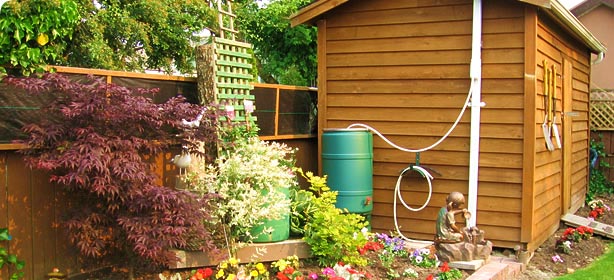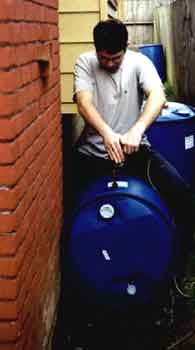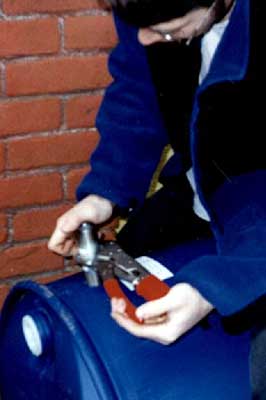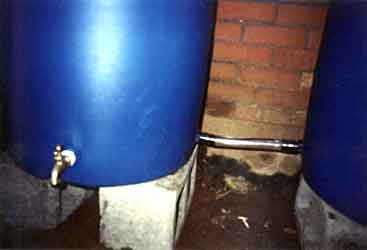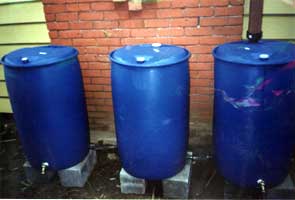If you’re looking for a simple, cost-effective way to water your plants and garden without connecting the hose to the tap, a rain barrel can help you collect and recycle rainwater.
A quarter-inch of rain falling on an average home yields a little more than 200 gallons of water, filling a rain barrel in a matter of minutes.
Rainwater is naturally softened, making it ideal for outdoor and indoor plants. It also won’t leave spots when you wash cars or windows.
Not only does a rain barrel save on your water bill, it helps divert runoff into storm sewers and Iowa’s waters.
Why should I have Rain Barrel?
#1 A quarter-inch of rain falling on the average home yields a little more than 200 gallons of water. A rain barrel can be filled in a matter of minutes and provide a simple, efficient, low-cost method for homeowners to collect and recycle water.
#2 Rainwater is naturally “softened” and is ideal for plants, both indoor and outdoor. Because it is not chemically “softened,” it does not leave lime spots and is great for washing cars and windows.
#3 Rain barrels also help divert stormwater – collecting it before it passes over our urban or suburban
environments on its way to our lakes and streams.
The major components of a rainwater harvesting system
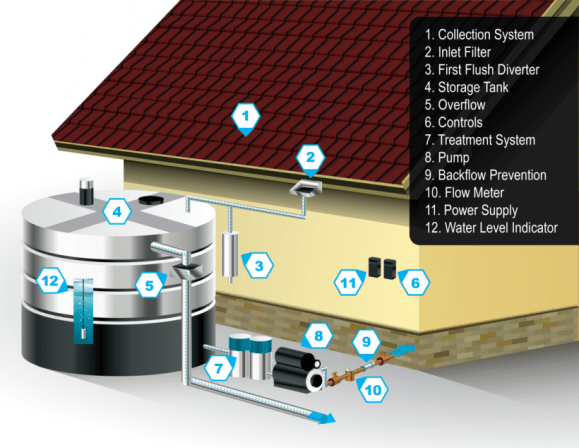

Garden Watersaver – The Easiest Way to Collect Rainwater …
Garden Watersaverhttps://gardenwatersaver.com
The secret of Garden Watersaver is our unique Downspout Diverter, which attaches easily to any gutter’s downspout. Once in place, the Diverter sends water to a …


